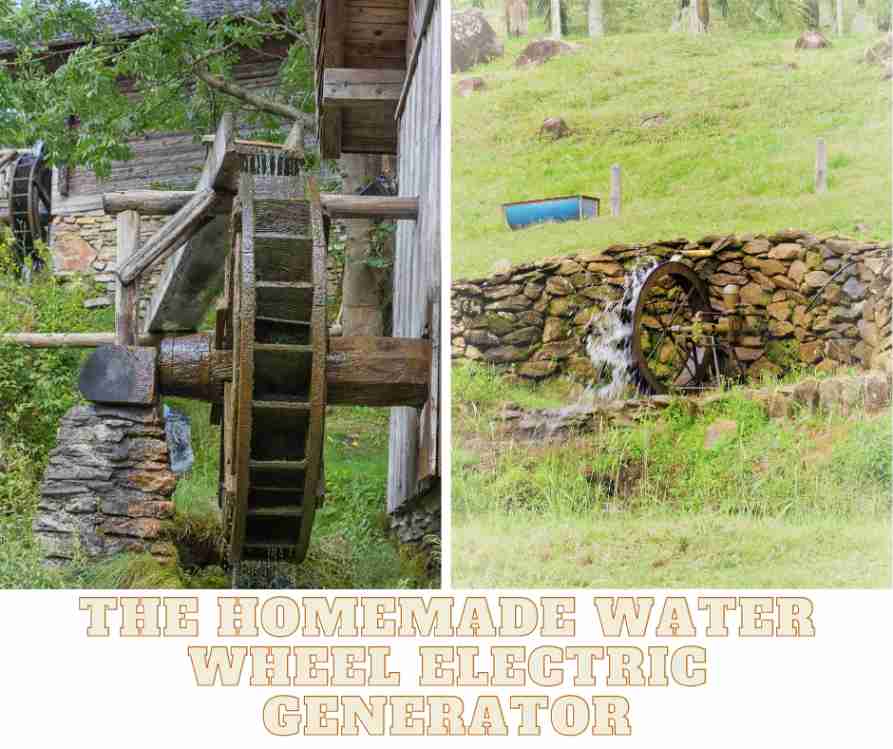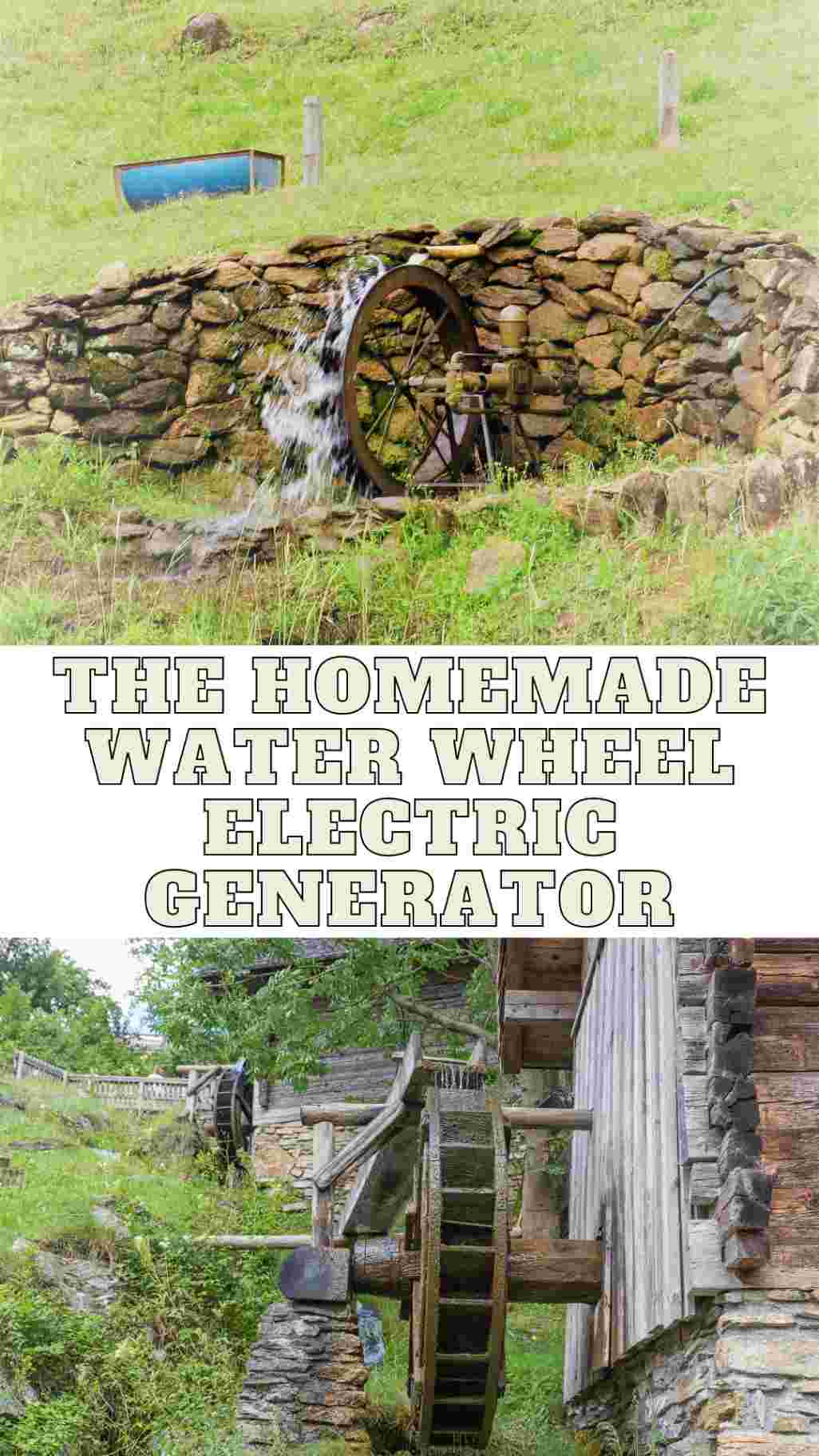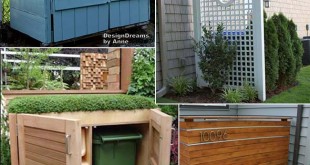Harnessing Nature’s Power: The Homemade Water Wheel Electric Generator
Renewable energy sources play a crucial role in our efforts to combat climate change and transition towards a sustainable future. Among these sources, hydropower has proven to be a reliable and efficient option. In this article, we will explore the concept of a homemade water wheel electric generator and delve into the fascinating process of how it works.
How Does the Water Wheel Electric Generator Work? A water wheel electric generator harnesses the energy of flowing water to generate electricity. The basic principle behind its functionality lies in the conversion of kinetic energy from moving water into mechanical energy and, eventually, electrical energy. Let’s break down the process step by step:
- Water Source: The first requirement for a water wheel electric generator is a consistent water source. This can be a stream, river, or even a man-made channel. Ensure that the water source has a constant flow and a suitable drop in elevation to maximize energy potential.
- Water Wheel Design: The design of the water wheel is crucial for efficient power generation. The wheel should have a large diameter and be equipped with blades or buckets that catch the flow of water. As the water strikes the wheel, it imparts rotational motion.
- Axle and Gear Mechanism: The rotating motion of the water wheel is transferred to an axle, which serves as a connection between the wheel and the generator. A gear mechanism can be employed to increase the rotational speed and torque for optimal electricity generation.
- Generator: The axle is connected to a generator, which converts the mechanical energy into electrical energy. Generators commonly used for small-scale homemade water wheel systems include permanent magnet alternators (PMAs) or simple DC motors. These components can produce electricity when rotated by the water wheel.
- Voltage Regulation and Storage: Depending on the desired application, it may be necessary to incorporate a voltage regulator and battery storage system. The regulator ensures that the generated electricity is stable and suitable for use, while the batteries store excess power for use during low-water-flow periods.
- Electrical Output: The electricity generated by the water wheel can be used to power various appliances, charge batteries, or even be integrated into an existing electrical grid system, depending on the scale of the generator.
Utilizing the DIY Water Wheel: The YouTube video you provided showcases a homemade water wheel, serving as an excellent starting point for your DIY project. However, keep in mind that the scale and efficiency of the generator will depend on several factors, including the design of the wheel, the size of the water source, and the generator used.
Here are some additional considerations to ensure the success of your homemade water wheel electric generator:
- Efficiency: Optimize the design of your water wheel by considering factors such as blade shape, material, and angle. Experiment with different configurations to achieve higher efficiency and power output.
- Safety: When working with water and electricity, safety should be a top priority. Ensure that all electrical components are properly insulated and protected from water exposure. Additionally, be cautious while installing and maintaining the system near flowing water.
- Maintenance: Regular maintenance is essential for the longevity and optimal performance of your generator. Inspect the system periodically, checking for any signs of wear or damage. Keep the water wheel and its components clean and free from debris.
- Environmental Impact: While hydropower is a clean energy source, it’s important to consider the potential environmental impact of diverting or altering natural watercourses. Ensure that your water wheel generator does not harm the local ecosystem or disrupt the natural flow of water.
Conclusion: Constructing a homemade water wheel electric generator is an exciting and rewarding endeavor. By harnessing the power of flowing water, you can generate clean and renewable energy right in your backyard. Remember to adapt
 Home and Gardening Ideas At home and Gardening ideas we believe inspiring readers about homesteading, self sufficiency
Home and Gardening Ideas At home and Gardening ideas we believe inspiring readers about homesteading, self sufficiency







